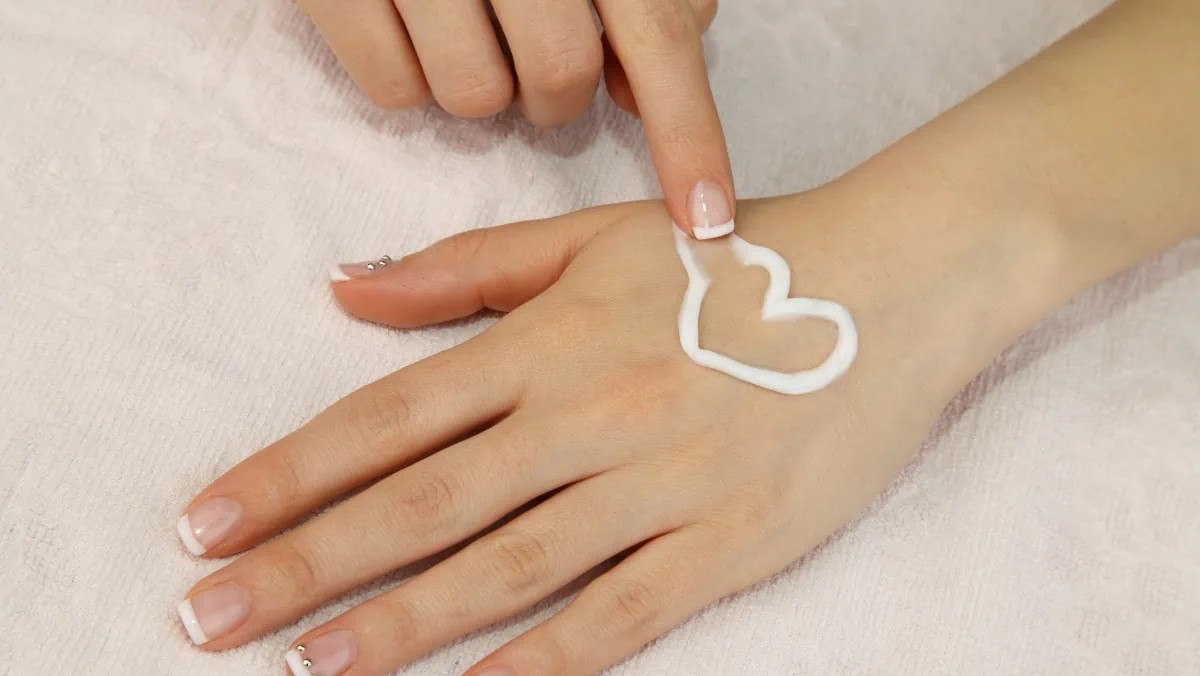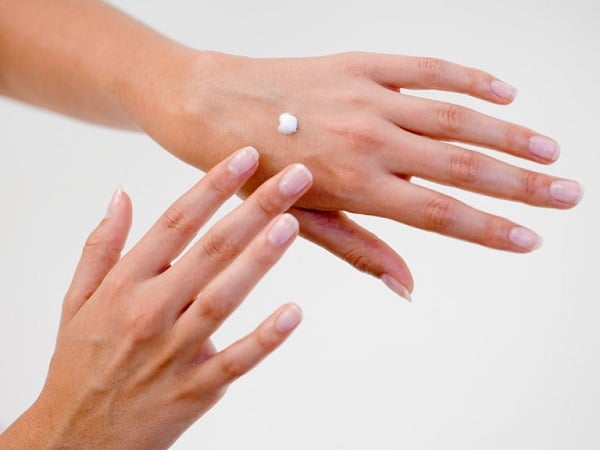Dry skin on your hands is a common problem you may encounter, especially during the colder months. But hey, don’t worry!
You’re not alone in this battle against dry and chapped hands. Whether it’s harsh winter weather or excessive hand washing (we’ve all been there!) , our poor hands can take a big hit.
This article is your go-to guide to understanding why your skin is so dry and what you can do about this annoying problem.
We’ll delve into the causes of dry skin, from environmental factors to health conditions, and offer practical solutions that you can easily incorporate into your daily life.
It’s time to say goodbye to those rough hands and embrace softness like never before. Let’s explore what’s causing that Sahara Desert condition on your hands and how we can turn things around!

Causes of Dry Skin on Hands
Ever wondered why your hands feel as dry as the desert? Well, you are not alone. There are various reasons why this happens.
One of the main reasons for dry skin on hands is the change in weather. As winter approaches, the air becomes dry and the humidity drops significantly. This can strip your skin of its natural oils, causing your hands to peel and become inflamed.
Generally, the ideal level of humidity is comfortably between 30-50%. However, we often see changes in humidity from season to season:
| Season | Humidity Level (%) |
|---|---|
| Winter | 30 – 40% |
| Summer | 40 – 50% |
Next we’ll talk about washing your hands regularly or using hand sanitizers with high alcohol content. Sure, it can keep you safe from germs, but overuse can also lose moisture from your skin.
Here are some quick statistics:
The average person washes their hands about nine times a day.1 According to research, this is not enough to get rid of all dirt, bacteria and germs, but it can lead to drying of the skin on your hands.
Hand sanitizers usually contain 60 to 95 percent alcohol.2 This is a good thing for fighting germs and bacteria, but it can also strip hands of moisture.
Other factors that contribute to dryness include exposure to harsh chemicals in cleaning products or personal care products like soap and shampoo.
What you may not realize is that these seemingly harmless everyday products can seriously disrupt your skin’s moisture balance.
Your lifestyle choices also matter! Are you hydrating enough? Dehydration not only affects your thirst level, but it also has a direct impact on your skin’s health.
Also, keep in mind that certain conditions such as eczema or psoriasis can lead to chronic dryness of the hands.

Decoding the symptoms of dry hands
Do your hands feel like sandpaper? You are not alone. Millions of people around the world face dry skin on their hands. It’s a common problem, but the symptoms vary from person to person. So, let’s dive into what those symptoms might look like for you.
First, if your hands are dry, they may appear rough or scaly. This is usually one of the first signs that your skin is lacking moisture. Sometimes it may just be a patch here or there; other times it will cover most of your hands.
Next: redness and itching! Now this isn’t fun at all! Your dry skin may be inflamed by environmental factors (like cold weather) or frequent washing (a necessity in today’s world). When this happens, you may notice red patches that are annoyingly itchy.
Cracks and fissures are another telltale sign of severe dryness. Yes, we know it sounds painful – because unfortunately, sometimes it can be! If left untreated for a long time, the top layer of skin may break down, leading to these deep cracks.
Then there’s the peeling – for some, this is likely one of the most disturbing symptoms! Dead skin cells begin to slough off, causing hands to peel, which is not aesthetically pleasing!
Finally, tightness and discomfort, especially after getting wet or washing, is another symptom of dry hand syndrome.

Tips for Restoring and Maintaining Hand Moisture
Hydrate from the inside out
Believe it or not, hydration starts inside you. Drinking enough water is the first step to keeping your skin (including your hands) fully moisturized.
Aim to drink at least 8 cups – about 2 liters – a day! What you eat is also important. Foods rich in omega-3 fatty acids, such as salmon and chia seeds, boost your skin’s ability to lock in moisture.
Wear gloves: hand jewelry is important
You may be thinking, “Gloves? Really?” But yes! They do make a difference. Gloves protect your hands from the drying factor when you’re out in the cold or washing dishes in hot water.
Get a good pair of insulated gloves for winter and don’t forget to wear rubber gloves when scrubbing pots and pans!
Embrace the moisturizing ritual
Let’s get into the essence of hand care – moisturizing. It’s not just about slathering on the occasional lotion; it’s about creating a ritual that meets the needs of your hands:
Choose creams over lotions – they’re thicker and offer more protection.
Look out for ingredients such as hyaluronic acid, shea butter or jojoba oil – these are hydration heroes!
Don’t wait until your hands feel dry to moisturize – apply creams regularly throughout the day.
Soothing Hands Soak
Last but not least, let’s talk about hand soaks! They are like mini spas for your hard working fingers:
1. warm milk soak: heat up some milk (dairy or plant-based), add honey, and dip those fingers in! The lactic acid helps exfoliate while the honey locks in moisture.
2. oatmeal soak: stir oatmeal into a powdered form and mix with warm water – voila! A soothing soak that’s perfect for sensitive skin.